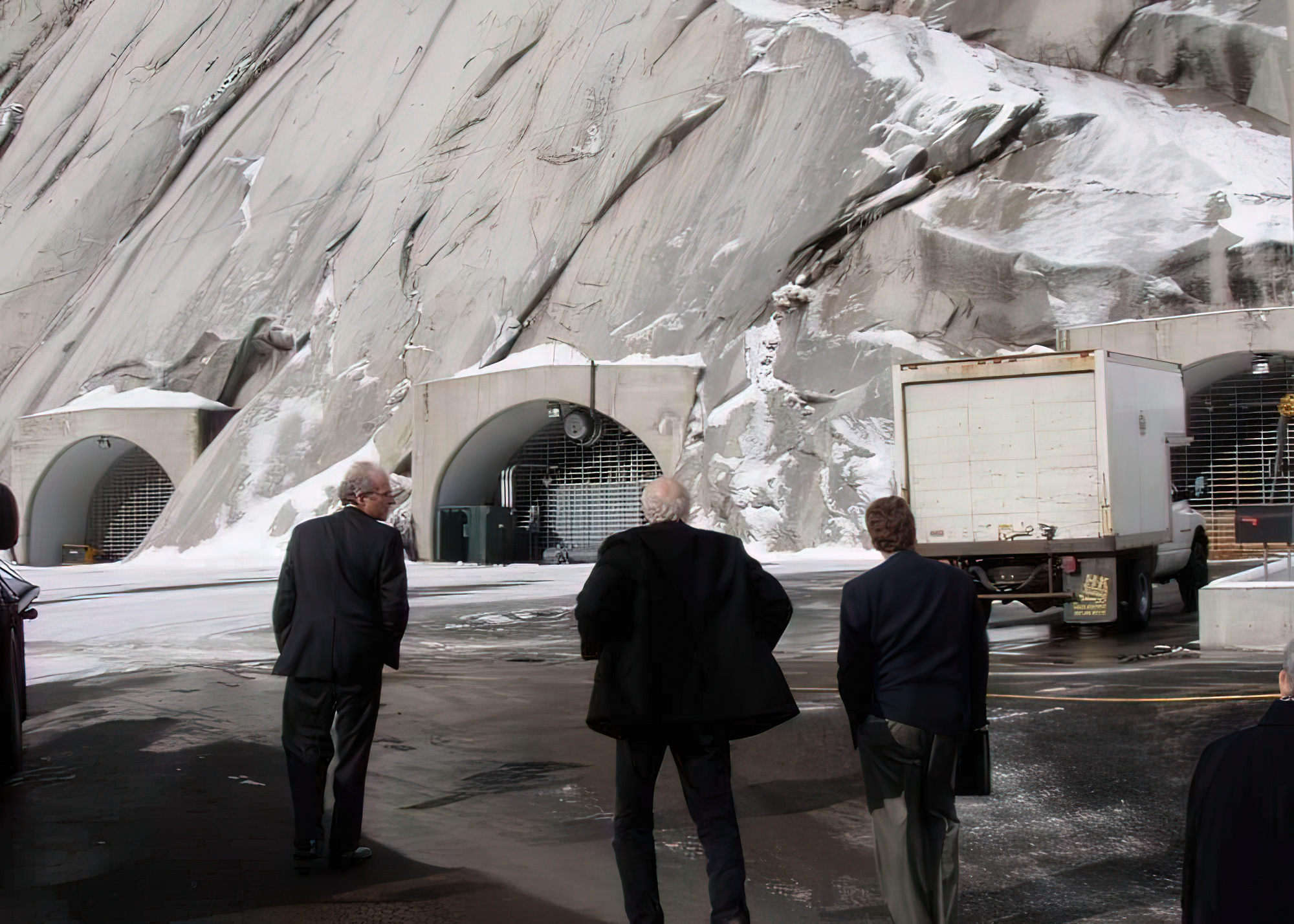 Underground Mormon Genealogical Archives, Stewart Brand Center, photo by Alexander Rose (“Mormon Genealogical Archives” n.d.)
Underground Mormon Genealogical Archives, Stewart Brand Center, photo by Alexander Rose (“Mormon Genealogical Archives” n.d.)
LDS is preoccupied with genealogy, for both cosmological and cultural reasons. The church encourages its members to research and document their family history and ancestors, with a particular focus on the history of the Church. This practice is based on the belief that individuals can be sealed to their ancestors through sacred ordinances performed in LDS temples, and that this can help families to be together in the afterlife. 1 To this end, the church invented GEDCOM, a genealogical data format.
The amount of genealogical research conducted or overseen by the LDS church and its adherents is staggering, however. Historian Donald Akenson claims in his book Some Family—
[…] at the present time [2007] the largest pool of information on specific identifiable individuals who comprise the human race has been assembled by the Latter-Day Saints, bigger than any government data pool will ever be. The standard release form that LDS asks owners of family histories, and other databases to sign, explains that this is “so the data from your materials can be used to create a common pedigree of mankind.”
After his conversion, my grandfather Red had deeply researched his own family, the Wigginses and Beuhrings (whom I knew little-to-nothing about). While doing research on my matrilineal Czech family, my family tree ballooned in size as the ancestry site I was using connected to the ghostly architecture of Red’s past research. Almost a third of the maze in my game experiment Grotto had already been built by Red—the portion of the dungeon that is the most mysterious to me.
-
The belief that these practices allow for deceased individuals to be retroactively converted to the Church of Jesus Christ of Latter-day Saints without their consent has proven highly controversial. This is seen by some as disrespectful to the deceased and their families, particularly those who may have practiced different religions or held different beliefs. Additionally, there have been instances of prominent figures, Holocaust victims, and Jewish individuals being posthumously baptized despite objections from their living relatives and religious leaders. While the Church has made efforts to address these concerns and limit the use of posthumous baptisms, the practice remains a point of tension between the Church and other religious groups. ↩
- “Mormon Genealogical Archives.” n.d. Atlas Obscura. http://www.atlasobscura.com/places/mormon-genealogical-archives. Accessed December 3, 2023.